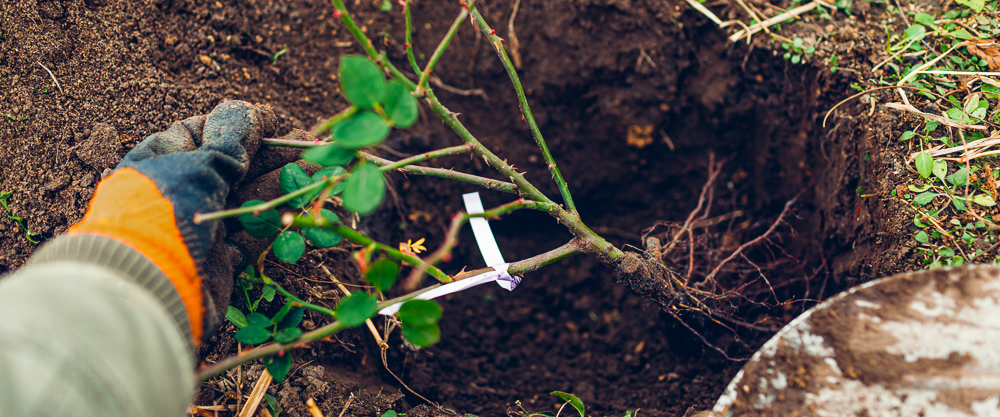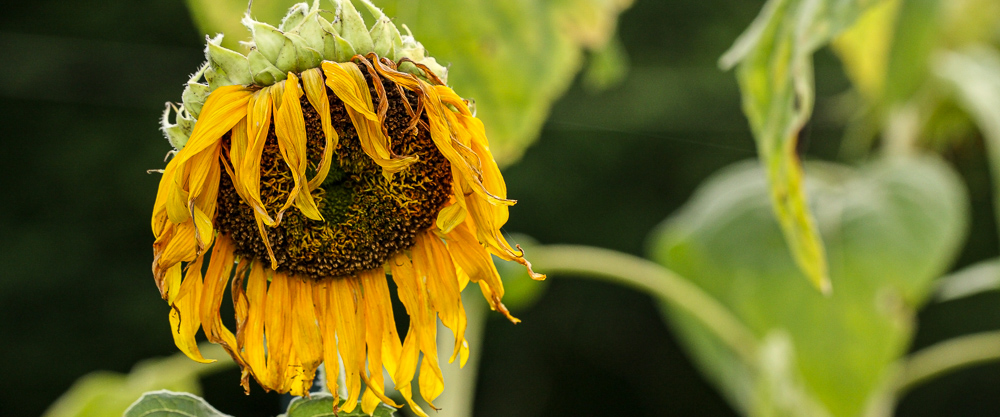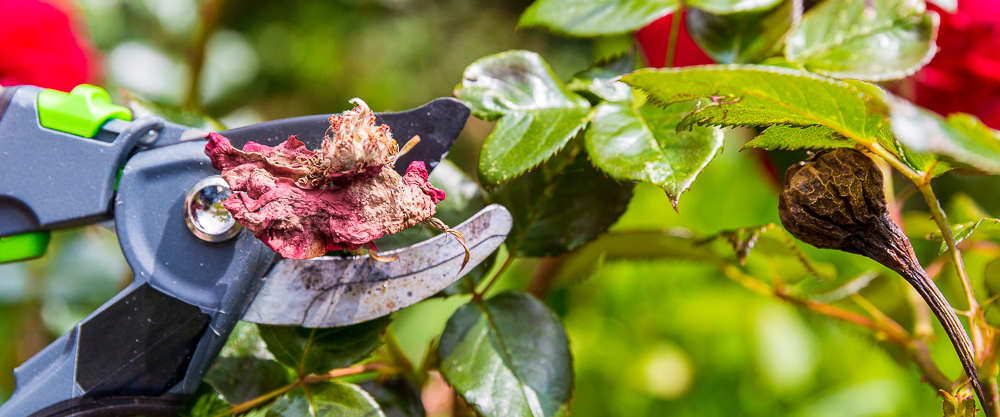How to Avoid Transplant Shock
Plants react differently when moving from one location to another. Find out how you can avoid "transplant shock" when migrating your plants.
Plants aren't always happy where you put them. Good plants appear to sulk, scarcely grow, or worse – start down the path to a slow death.
Once you realize you’re dealing with a “failure-to-thrive” situation, the best thing you can typically do is dig up the plant and try again in a different spot. Sometimes even just improving the soil and replanting in the same place is enough to make a big difference.
Most occurrences of stunted growth are caused by two factors: poor soil and poor placement.

So many yards have atrocious soil. It’s often heavy with clay or a blend of clay, rock, and subsoil that was spread in a four- to six-inch layer over packed, graded subsoil during home construction. This compacted layer is death waiting to happen for all but the most abuse-tolerant plants.
If you don’t loosen and improve that situation before planting, plants often will experience stunted growth, root-rot in poor drainage, wilt during dry spells (because their roots haven’t penetrated the concrete-like “soil”), and even increased vulnerability to bugs and disease.
In that scenario, the sooner you dig them and get them into loosened and better-drained soil, the better your odds of salvaging the plant.
Read more on how to improve your soil
Replanting also gives you a chance to correct other planting miscues that commonly stunt growth, such as planting too deeply, leaving the burlap on tree and shrub rootballs, and mulching excessively.
The sooner you get to this after the initial planting, the better. Recent plantings generally adapt better to transplanting than mature ones.

Sometimes, though, the problem is more with location than bad soil or poor planting techniques. Sun-loving plants that are in too much shade will never thrive and may not bloom at all. Shade-preferring plants that are in too much sun will bleach, brown around the leaf edges, and/or possibly die from excess heat and light.
As surrounding bigger plants grow or die, the light can change, leading to new stresses for a plant that used to be “happy.”
Most underrated of all is the stunting that tree roots cause to other plants – especially young or shallow-rooted ones. Tree roots can extend out in the ground more than twice the distance of the leaf canopy, out-competing other plants for moisture and nutrients that are seemingly well out of range.
Some trees even exude plant chemicals that directly impede the growth of sensitive other plants. Best known is how walnut trees are good at killing off much of their would-be competition, but sumac, tree-of-heaven, sugar maple, and even some pines have these defensive natural chemicals.
In each of the above scenarios, the solution is digging and moving the plant to a new location. Sometimes a move of just a few feet can make a huge difference in lighting or tree-root competition.

Many gardeners are reluctant to dig and replant stunted plants because they fear the stress will be enough to finish off the struggling plant.
That fear isn’t unfounded because sometimes digging can be a fatal blow – especially if you’re doing it in the middle of a hot summer spell and causing a lot of damage to the roots. (The cooler and usually wetter times of early spring and early fall are better timing options.)
On the other hand, doing something that’s potentially helpful in the long run at least gives a fighting chance to a stunted plant that’s already on a trajectory to slow death. Struggling plants seldom overcome lousy soil and location issues to go on to suddenly thrive on their own.
The bottom line is that a shovel should not be overlooked as a solution to a stunted plant. It's one of the most effective tools in your plant-fixing armory.